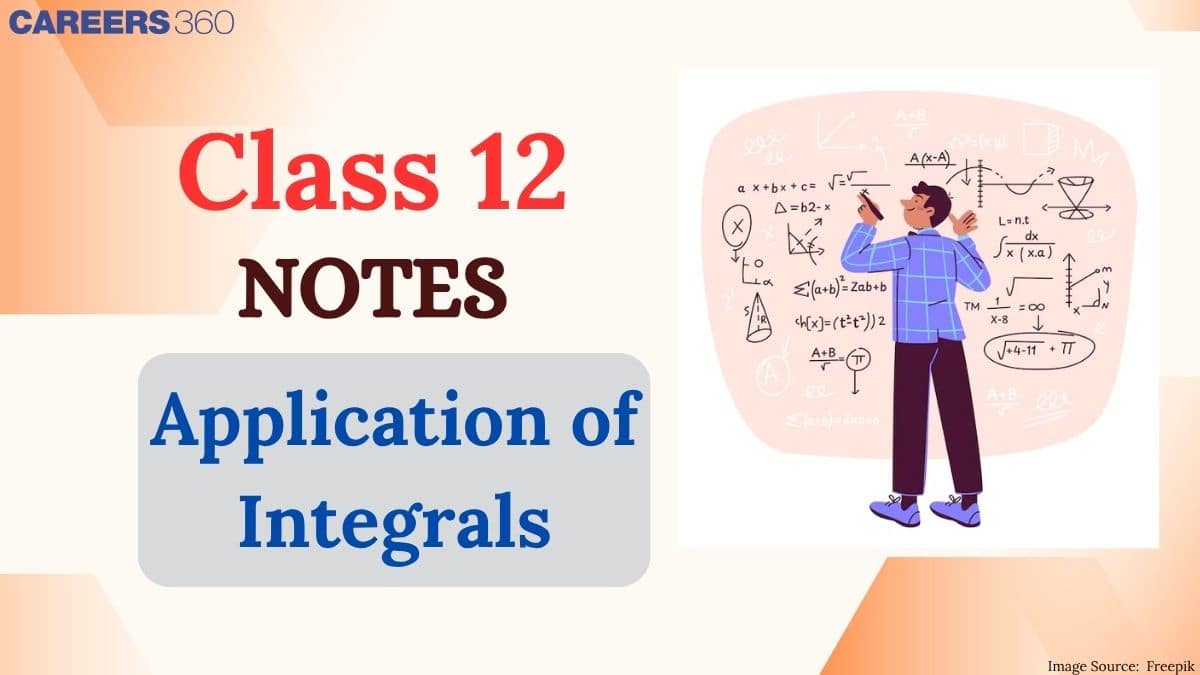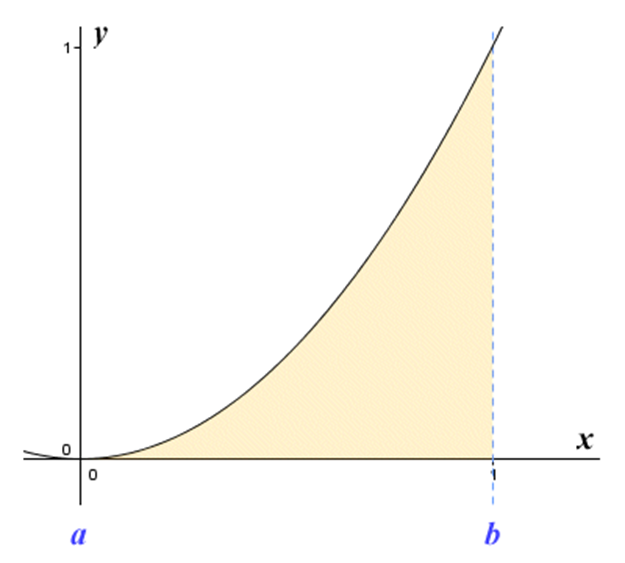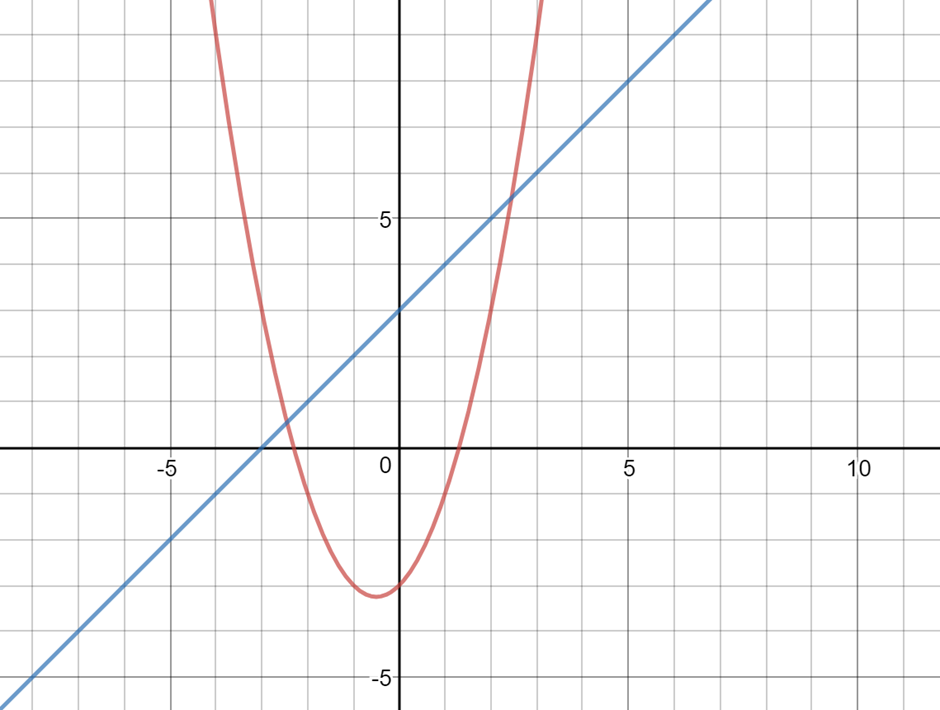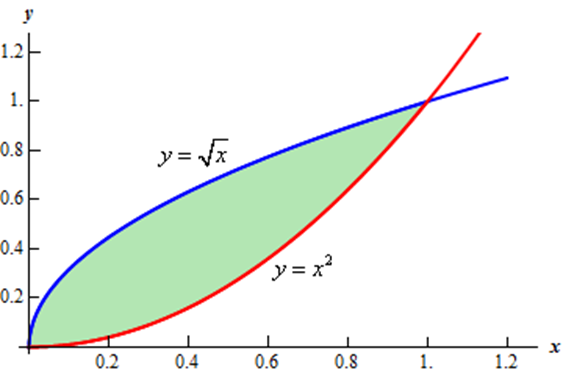Application of Integrals 12th Notes - Free NCERT Class 12 Maths Chapter 8 Notes - Download PDF
Hey, looking for a way to measure the impossible? Application of Integrals lets you find the area under every curve you can imagine! The application of Integrals shows us that measuring is not just about rulers, but about understanding the curve’s silent story. Imagine a farmer who wants to build a fence around his land that is not in a regular geometric shape. He will need the help of integrals to calculate the area of curved surfaces to estimate his spending on the fencing materials. These NCERT Class 12 Maths Chapter 8 Notes cover the application of integrals, focusing on the area under simple curves, the area between lines and arcs of circles, parabolas, and ellipses in standard forms only. All these topics are essential not only for the Class 12 board exam but also for higher competitive exams, such as JEE Main and JEE Advanced. These NCERT Class notes for Class 12 Maths provide a clear and simple explanation to help you understand and revise the topic effectively.
This Story also Contains
- Application of Integrals Class 12 Notes Free PDF Download
- NCERT Notes for Class 12 Chapter 8 Application of Integrals
- How to Use the Application of Integrals Class 12 Notes Effectively?
- Application of Integrals Class 12 Notes: Previous Year Question and Answer
- NCERT Class 12 Maths Notes Chapter-Wise Links

The application of the integral class 12 notes is a crucial part of a student's learning phase. After completing the Class 12 Maths Chapter 8 NCERT solutions, students need an essential study material from which they can frequently revise important concepts and formulas. These NCERT notes are prepared by Careers360 experts closely following the latest NCERT syllabus. Find everything in one place – NCERT Books, Solutions, Syllabus, and Exemplar Problems with Solutions – in this NCERT article.
Also, read,
Application of Integrals Class 12 Notes Free PDF Download
Careers360 has prepared these NCERT Class 12 Maths Chapter 8 Notes to make your revision smoother and faster. A downloadable PDF is also available.
NCERT Notes for Class 12 Chapter 8 Application of Integrals
Careers360 brings you NCERT Class 12 Maths Chapter 8 Notes, carefully prepared by subject experts to simplify your studies and help in exams.
Application of integrals is about integrating and finding areas under curves. Integrating is the addition or summation of all the points.
General equation of the area under curves
$y=f(x)$
Area under simple curves:
The area under the curve is $y=f(x)$ with coordinates $x=a$ and $ x=b$.
Graph for Area Under Curves
According to the class 12 Applications of Integrals notes, the graph for the area under the curve is:

Now, these are steps to find the integral of the function:
Step 1: Write down the equation
A = y = f(x)
Here, A denotes area
Step 2: Take the integration on both sides.
$\int_a^b A=\int_a^b y d x=\int_a^b f(x) d x$
Step 3: Find the integration
Step 4: Apply the limits and solve the equation.
Similarly, if it is for x terms, then the equation is:
$x=g(y)$ with coordinates $y=a$ and $y=b$.
Area of the above equation:
$\int_a^b A=\int_a^b x d y=\int_a^b g(y) d y$
Meanwhile, when we get an area as positive after solving the equation, then we have no issues.
But if we get an area negative, then as the area doesn’t exist in a negative value so we take its absolute value, which is nothing but,
$\left|\int_a^b f(x) d x\right|$
Finding the area of the region bounded by a curve and a line:
It is the same as finding an area under the curves.
The only difference is that we find the area of the region that is enclosed by a line and a circle.
Graph for Curve Bounded by Line

Area between two curves
Here, we have two curves:
(a) $y=f(x)$
(b) $y=g(x)$, where $f(x)>g(x)$ in the interval [a, b].
Formulae for Area Under Two Curves
if $y=f(x)$ and $y=g(x)$
(a) when $f(x)>g(x)$ in interval [a, b],
$A=\int_a^b(f(x)-g(x)) d x$
(b) when $f(x) > g(x)$ in [a, c] and $f(x) < g(x)$ in [c, b],
$A=\int_a^c(f(x)-g(x)) d x+\int_c^b(g(x)-f(x)) d x$
Graph Between Two Curves
In the NCERT notes for Class 12 Maths chapter 8, the graph between two curves is given as:
How to Use the Application of Integrals Class 12 Notes Effectively?
Application of Integrals is a short but important chapter that teaches us how to find areas under curves. It helps us understand how integrals are used in real-life situations. This chapter is important for JEE, and using Class 12 Maths chapter 8 notes properly can make these questions very easy to solve. Here are some more points on how these notes are important.
- First, understand the concept of the area under simple curves and how it connects with definite integrals.
- Practice different types of curves and learn how to set the correct limits before solving the integral.
- This chapter is useful in higher studies and exams, so revising with these NCERT Class 12 Maths chapter 8 notes will help you solve problems faster.
- Solve NCERT examples and exercises to build confidence and avoid mistakes in area-based questions.
Application of Integrals Class 12 Notes: Previous Year Question and Answer
Given below are selected previous year question answers for NCERT Class 12 Maths Chapter 8 Application of Integrals, collected from various examinations.
Question 1:
The area (in sq. units) of the part of the circle $x^2+y^2=36$, which is outside the parabola $y^2=9 x$, is:
Solution:
The curves intersect at points $(3, \pm 3 \sqrt{3})$

Required area
$
\begin{aligned}
& =\pi r^2-2\left[\int_0^3 \sqrt{9 x} d x+\int_3^6 \sqrt{36-x^2} d x\right] \\
& =36 \pi-12 \sqrt{3}-2\left|\frac{x}{2} \sqrt{36-x^2}+18 \sin ^{-1}\left(\frac{x}{6}\right)\right|_3^6 \\
& =36 p-12 \sqrt{3}-2\left(9 \pi-\left(\frac{9 \sqrt{3}}{2}+3 \pi\right)\right)\\&=24 \pi-3 \sqrt{3}
\end{aligned}
$
Hence, the correct answer is $24 \pi-3 \sqrt{3}$.
Question 2:
The area bounded by $y=2-|2-x|$ and $y=\frac{3}{|x|} y=\frac{3}{|x|}$ is:
Solution:
As we have learned
Area between two curves:
If we have two functions that intersect each other. First, find the point of intersection.
Then integrate to find the area.
$\int_o^a[f(x)-9(x)] d x$
- wherein

$\begin{aligned} & \text { Required area }\\&=\text { area of } A B D C E A-\int_{\sqrt{3}}^3\left(\frac{3}{x}\right) d x \\ & =\frac{4-3 \log 3}{2}\end{aligned}$

Hence, the correct answer is $\frac{4-3 \log 3}{2}$.
Question 3:
Area lying in the first quadrant and bounded by the circle $\mathrm{x}^2+\mathrm{y}^2=4$, the line $x=\sqrt{3} y$, and the x-axis is:
Solution:
As we know,
Area along the y-axis:
Let $y_1=f_1(x)$ and $y_2=f_2(x)$ be two curves, then the area bounded by the curves and the lines $y=a$ and $y=b$ is
$A=\int_a^b\left(x_2-x_1\right) d y$
- wherein

Required Area $=\int_0^1\left(x_2-x_1\right) d y$

$\begin{aligned} & =\int_0^1\left(\sqrt{4-y^2}-\sqrt{3} y\right) d y \\ & =\left[\frac{1}{2} y \sqrt{4-y^2}+\frac{1}{2}(4) \sin ^{-1} \frac{y}{2}-\frac{\sqrt{3} y^2}{2}\right]_0^1 \\ & =\frac{\sqrt{3}}{2}+2 \sin ^{-1}\left(\frac{1}{2}\right)-\frac{\sqrt{3}}{2}-2 \sin ^{-1} 0\\ &=\frac{\sqrt{3}}{2}+2\left(\frac{\pi}{6}\right)-\frac{\sqrt{3}}{2}\\&=\frac{\pi}{3}\end{aligned}$
Hence, the correct answer is $\frac{\pi}{3}$.
NCERT Class 12 Maths Notes Chapter-Wise Links
We at Careers360 compiled all the NCERT class 12 Maths Notes in one place for easy student reference. The following links will allow you to access them.
|
NCERT Class 12 Maths Chapter 8 Notes |
NCERT Exemplar Solutions Subject Wise
After completing the textbook exercises, students can practice the NCERT exemplars for further reference.
NCERT Solutions Subject Wise
These are the links to the solutions of the NCERT textbooks, subject-wise.
NCERT Books and Syllabus
It is always recommended for students to check the latest syllabus before making a study routine. Here are three links to the 2025-26 NCERT syllabus and some reference books.
Frequently Asked Questions (FAQs)
These notes cover the essential topics well, but it is always good to practice extra problems from the NCERT Exemplar or reference books like RD Sharma or previous year question papers for thorough practice. This article contains some important links to reference books.
This chapter usually carries about 4 to 6 marks in the CBSE Class 12 Maths board exam. It is often asked as one long question (5 or 6 marks) or sometimes split into two shorter questions.
These NCERT Class 12 Maths Chapter 8 Notes cover topics such as:
- Areas under curves
- Area bounded by two curves
- Methods to calculate these areas using definite integrals
- Some important examples
Yes, you can download the detailed, well-formatted PDF notes for free to study offline anytime from the Careers360 site.
The notes provide step-by-step solutions, important formulas, and key points from each topic. Students will get an efficient revision tool in their hands. This will increase their confidence and motivate them to do well in the exam.
Popular Questions
Courses After 12th
Applications for Admissions are open.
As per latest syllabus. Physics formulas, equations, & laws of class 11 & 12th chapters
JEE Main Important Chemistry formulas
Get nowAs per latest syllabus. Chemistry formulas, equations, & laws of class 11 & 12th chapters
JEE Main high scoring chapters and topics
Get nowAs per latest 2024 syllabus. Study 40% syllabus and score upto 100% marks in JEE
JEE Main Important Mathematics Formulas
Get nowAs per latest syllabus. Maths formulas, equations, & theorems of class 11 & 12th chapters

